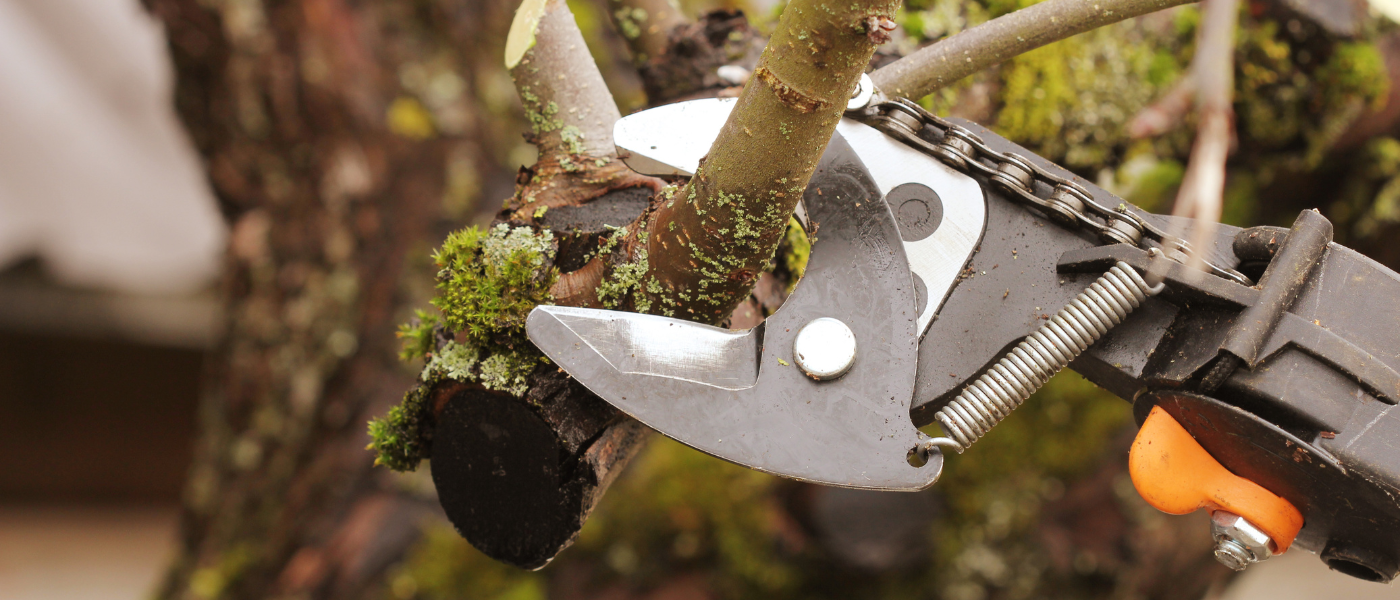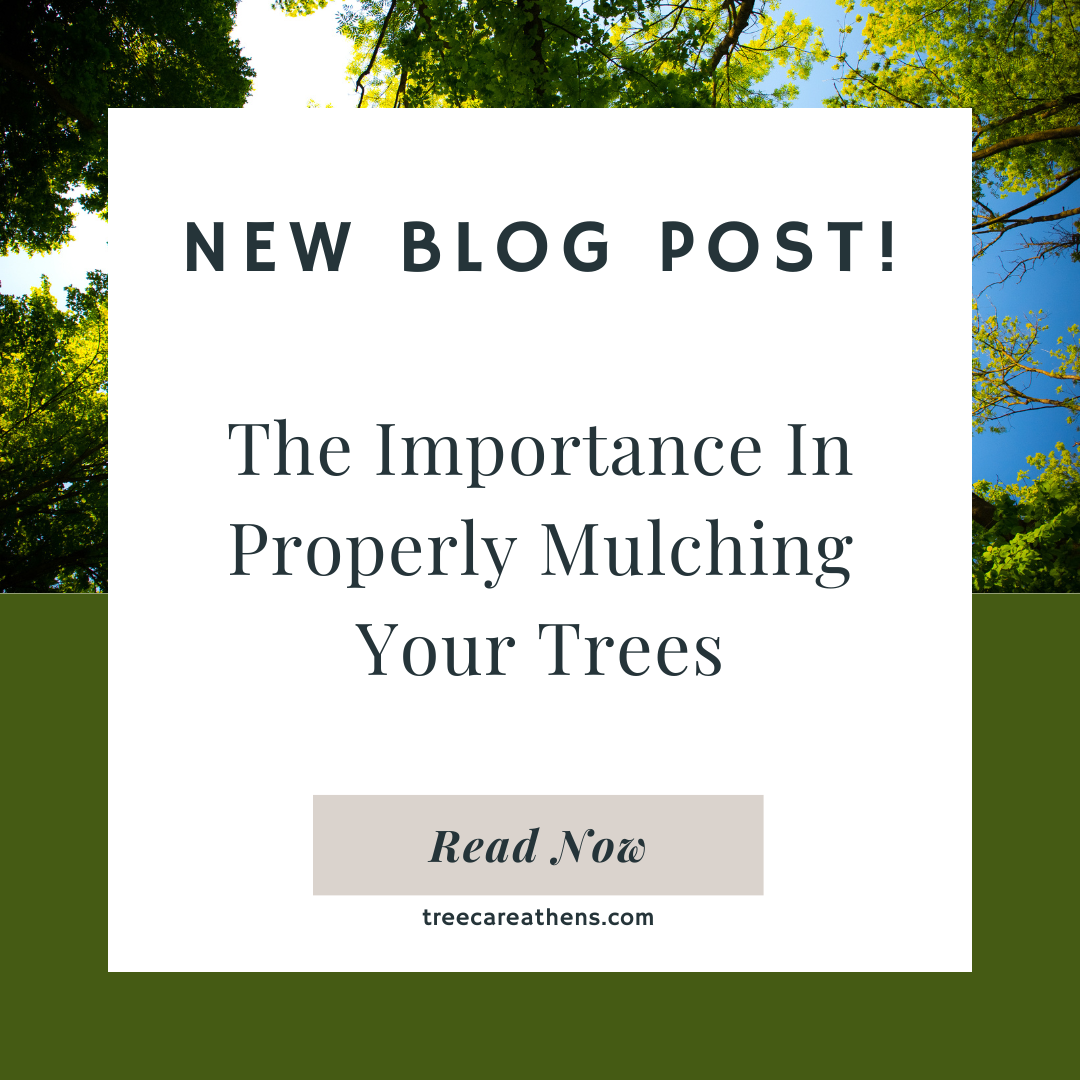Tree Trimming vs Tree Pruning: What's The Difference?
With their majestic presence and natural beauty, trees provide countless environmental benefits. They add aesthetic appeal to our surroundings and contribute to cleaner air and improved biodiversity. However, to ensure their longevity and vitality, it is essential to provide regular care and maintenance.
Two common practices in tree upkeep are trimming and pruning. While these terms are often used interchangeably, they have distinct techniques and purposes. Tree trimming primarily involves the removal of overgrown or dead branches to enhance the tree's appearance and promote healthy growth. On the other hand, tree pruning focuses on the selective removal of specific branches to improve the tree's structure, health, and overall safety.
This blog will delve deeper into the differences between tree trimming and tree pruning, shedding light on their benefits and applications. By understanding these nuances, you will be better equipped to make informed decisions about the care and maintenance of your trees, ensuring their continued beauty and environmental contributions for years to come.

Tree Trimming
Tree trimming is an essential practice that not only enhances the aesthetics and appearance of a tree but also contributes to its overall health and longevity. By selectively removing overgrown branches and foliage, tree trimming helps to improve the tree's shape, balance, and structural integrity. This meticulous process is common in various settings, including residential and commercial landscapes, parks, and urban areas. Moreover, tree trimming is crucial in managing tree growth near power lines, buildings, and other structures, ensuring safety and preventing potential damage. With its multifaceted benefits, tree trimming is an indispensable aspect of arboriculture that promotes our natural environment's beauty, health, and sustainability.
The Goals of Tree Trimming:
Removing Deadwood
By removing dead or dying branches, not only do we enhance the visual appeal of the tree, but we also mitigate potential hazards. During storms or strong winds, the risk of falling limbs is significantly reduced, ensuring people's and property's safety in the surrounding area. Taking proactive measures to maintain the health and structural integrity of the tree is crucial for its long-term well-being and the overall safety of the environment.
Controlling Size and Shape
Trimming, also known as pruning, plays a crucial role in maintaining the size and shape of a tree. Selectively removing branches allows the tree to better harmonize with its surroundings or align with aesthetic preferences. This careful process enhances the tree's appearance and promotes its overall health and longevity.
Enhancing Sunlight and Air Circulation
Proper trimming plays a crucial role in tree care. By carefully removing excess branches, it enhances sunlight penetration and facilitates improved air circulation within the canopy. This, in turn, promotes the tree's overall health and significantly reduces the risk of diseases, ensuring its longevity and vitality.
Tree Pruning
On the other hand, tree pruning is a meticulous practice that revolves around enhancing the overall health and structural integrity of trees. It entails selectively removing specific branches to facilitate healthy growth, boost vitality, and ensure safety. Achieving successful pruning outcomes requires a deep understanding of tree biology and implementing proper pruning techniques to minimize potential damage and foster optimal growth and development. Trees can flourish and thrive in their natural environment through this careful and informed approach.
The Goals of Tree Pruning:
Promoting Growth and Development
Pruning, a horticultural practice, is pivotal in plant growth and development. By selectively removing certain plant parts, pruning stimulates the emergence of new growth, redirects energy to desired areas, and promotes establishing a robust branch structure. In addition to these benefits, pruning has been observed to positively impact fruit production in fruit-bearing trees, leading to a bountiful harvest of delicious and nutritious fruits.
Improving Structural Integrity
Pruning, the selective removal of weak, damaged, or diseased branches, is a proactive measure to minimize the risk of broken limbs and potential harm to property or people. By employing proper pruning techniques, trees can develop increased resilience, bolstering their ability to withstand the forces of storms and other severe weather conditions. This practice not only promotes the overall health and longevity of the tree but also contributes to the safety and well-being of the surrounding environment.
Mitigating Disease and Pest Issues
By promptly removing infected or infested branches through pruning, tree owners can effectively mitigate the risk of diseases and pests spreading throughout the entire tree. This proactive approach not only safeguards the tree's overall health and vitality but also helps maintain a thriving environment for other plants and organisms residing in its vicinity.
Conclusion
In summary, while trimming and pruning are both important for the health and appearance of trees, they serve different purposes. Tree trimming primarily focuses on enhancing the aesthetics and maintaining the desired shape of a tree. Trimming helps create a visually appealing landscape by removing overgrown branches and shaping trees.
On the other hand, tree pruning goes beyond aesthetics and primarily emphasizes the tree's overall health, growth, and structural integrity. Pruning involves selectively removing dead or damaged branches, promoting proper air circulation and sunlight penetration, and encouraging new growth. This practice prevents diseases, improves tree vitality, and ensures long-term sustainability.
Understanding the distinction between these two practices is crucial for proper tree care and maximizing the benefits trees bring to their environment. Whether you aim to enhance your landscape's beauty or improve your trees' health, it is always recommended to consult with a professional arborist. Their expertise and knowledge will ensure your trees receive the best care and attention they deserve.
If you have any questions or need expert advice, please call our arborists at Athens Tree Care. We are here to provide the right guidance and help you achieve optimal well-being for your trees.
You might also like
Athens Tree Care Blog

Book a Service Today
We will get back to you as soon as possible
Please try again later
We're available
- Mon - Sun
- Open 24 Hours
This website is for lead generation purposes only


